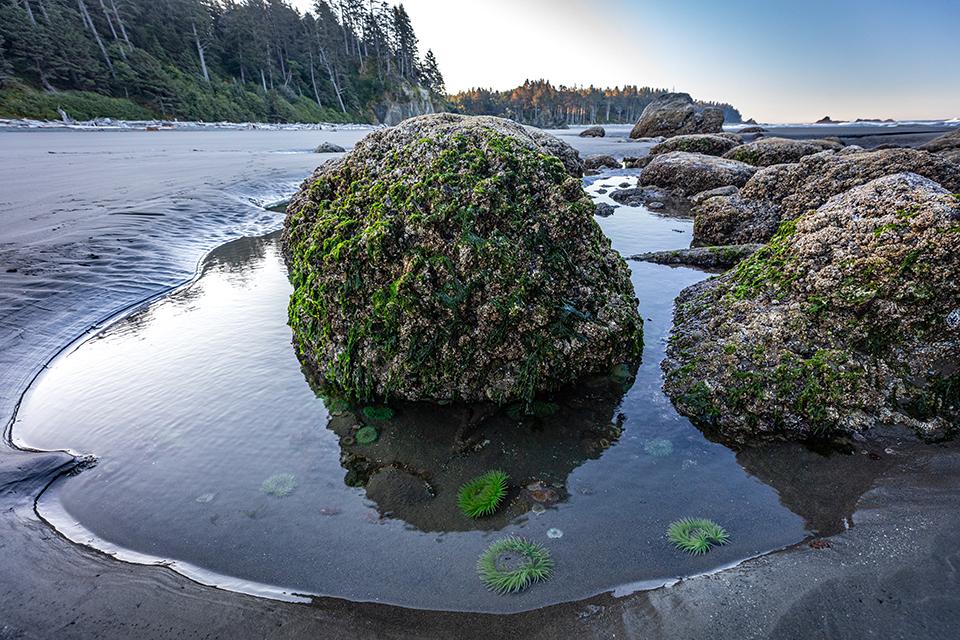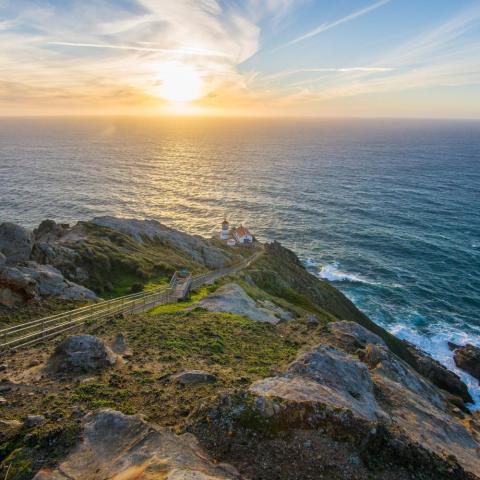
Trying to escape the heat wave with a visit to Olympic National Park has park officials asking that you be prepared for both the heat and crowds/Rebecca Latson file
With an unusual heat wave bringing temperatures as much as 30 degrees above normal to the Pacific Northwest, officials at Olympic National Park in Washington are urging visitors to be prepared for both the heat and crowds.
"Public lands are a great place to enjoy or escape the heat, but the higher temperatures pose some challenges and risks. By following these safety tips during hot summer days everyone can help keep public lands and neighboring communities safe," park staff said.
- Stay hydrated.
- During hot weather you will need to increase your fluid intake. Plan to bring a half-liter of water per hour of your visit, per person, and don't wait until you are thirsty to drink it.
- Dress appropriately.
- Wear lightweight, light-colored, loose-fitting clothing. Use sunscreen and wear a hat and sunglasses when outdoors.
- Do not over challenge yourself.
- There are plenty of recreation opportunities on the peninsula for everyone's experience and skill level. There is no shame in turning around if the trail is too strenuous or you are not properly prepared - your friends and family will thank you.
Those hoping to visit a lake or river on public lands are reminded:
- Bodies of water are colder than expected.
- Warm air doesn’t always mean warm water in lakes, streams, or oceans. Enter bodies of water slowly as cold water can drain body heat quickly and lead to cold shock or hypothermia.
- Bring a life jacket.
- In Washington state law requires life jackets aboard most boats and personal watercraft, including paddleboards and kayaks – especially for children. Make sure your life jacket is U.S. Coast Guard approved, and check to make sure it fits securely and is rated to support the weight of the person who will wear it.
Visitor Advisories:
- Across the Olympic National Forest and Olympic National Park:
- High use and heavy congestion are expected along roadways adjacent to lakes and rivers. Be patient and alert as there may be individuals crossing roadways.
- If a parking lot is full be prepared with an alternative plan to visit another area. Do not park along roadsides.
- Leave valuables at home if you don’t need them; keep critical items on your person. Thefts from vehicles parked at recreation sites do occur.
- Ensure campfires are out. If it’s too hot for your hand it is too hot to leave.
- Lake Cushman Area:
- High use and heavy congestion are expected along the Lake Cushman Corridor (FS-24), known as the Staircase Road, which leads to the Staircase entrance of the National Park.
- Camping, campfires, overnight parking, and alcohol are prohibited along the Lake Cushman Corridor (FS-24).
- Lake Crescent Area:
- The lake is very cold and deep; always wear life jackets on the water.
- Campfires are prohibited outside of the fire pits at the picnic areas at Lake Crescent.
- Camping is permitted only at Fairholme Campground or Log Cabin Resort.
- Alcohol is prohibited in the following areas: the parking lot, picnic area, beach, and swim areas of Fairholme boat launch, East Beach extending to the area known as Pirate’s Cove, North Shore Day Use area, Bovee's Meadow, or in any area at concession facilities designated by “NO ALCOHOL AREA” signs.
- High Alpine Trails (Mt. Elinor, The Brothers, Lena Lake, etc.):
- Habituated and aggressive mountain goats have been reported on various trails. Maintain a distance of at least 50 yards form mountains goats. If a goat approaches too closely yell, wave your arms or an article of clothing, and if need be, throw rocks at the goat if it is aggressive.




 Support Essential Coverage of Essential Places
Support Essential Coverage of Essential Places






